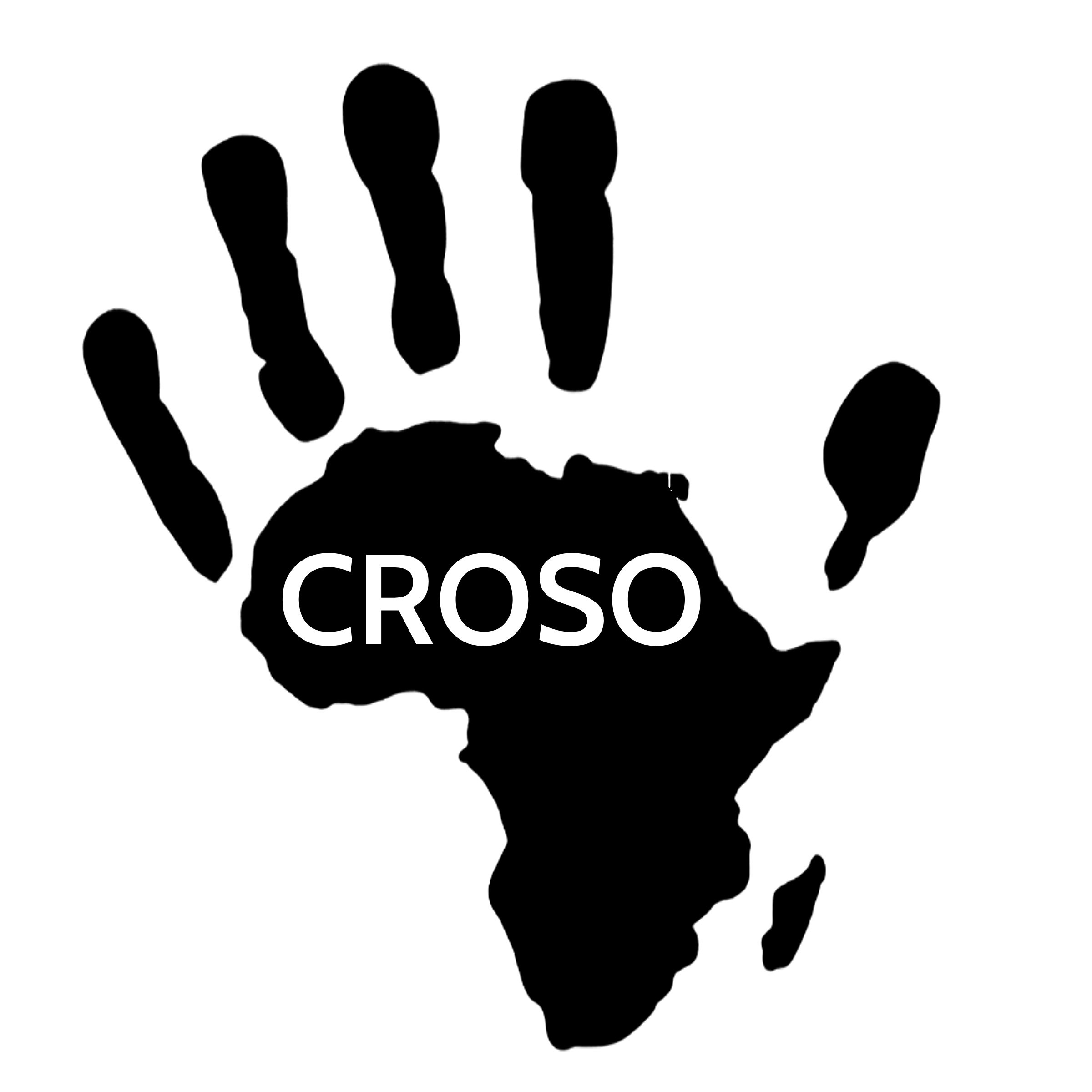Street Children in Uganda
Root Causes
Conflict/War: There has been conflict in Uganda in the north and the northeast for the past thirty years. These conflicts caused many deaths, including many parents leaving children with only one parent or orphaned. These conflicts also incited fear in families which pushed them to relocate to larger cities. Once there, the family cannot find work and therefore they are not able to provide for their families.
AIDS: As recently as 2004, HIV/AIDS was still "the leading cause of orphanhood in Africa in general and Uganda specifically.” (WJ Jacobs, 2004) The infection rate in Uganda has fluctuated since then - first down and more recently it's been back on the rise - and the prevalence rate is still quite high. This disease leaves so many children without the proper care.
Poverty: In Uganda, approximately 38% of the population lives on less than $1.25 per day, according to 2009 World Bank estimates. With such little income, families have a hard time providing basic needs for all their children.
Domestic Violence: Children who witness or experience violence within their homes will sometimes choose to leave home to go to the streets. These children choose to face the unknown perils of street life rather than continue to face the known dangers of living in their homes. (The drawing above was hanging up on the walls in C.R.O. in 2013. It was drawn by one of the C.R.O. rehabilitation class members.)
Living and/or working on the streets
In 2014, the Human Rights Watch released a report about street children in Uganda.
"Uganda has one of the largest populations of young people in the world with over 56 percent of its 37 million people under the age of 18, and more than 52 percent under age 15. Children are also the single largest demographic group living in poverty in Uganda. According to civil society groups who assist street children, local government officials, and police officers of the Child and Family Protection Unit who are tasked to focus on children, the number of Ugandan children living on the streets is increasing. But the total number of street children is unknown."
Children whose families cannot provide for them will spend their days (and sometimes their nights) on the streets. Children who sleep on the streets often huddle together for warmth and protection. While on the streets during the day, common activities for children include:
- Searching for food in the garbage
- Begging
- Searching for pieces of scrap metal that can be sold.
- Finding small tasks to do in exchange for food or money. Some examples of the tasks include carrying luggage for people at the bus depot, sorting beans in a market stall, sweeping and doing laundry.
According to a National Labour Force and Child Activities Survey completed in 2011/2012, 16% of Ugandan children between the ages of 5 and 14 were engaged in child labor.
An invitation off the streets
Child Restoration Outreach (C.R.O.) is a Ugandan NGO whose goal is to reintegrate street children into families with a vision that they will become productive and self-reliant citizens.
Their work begins with an invitation. C.R.O. social workers walk the streets each day to meet the street children where they are and invite them to join them at C.R.O.'s project center. If the children choose to come to C.R.O., they are then provided with food, counselling, medical care, clothes and access to education. The C.R.O. resettlement officers also help to re-connect children with their families or, if that is not an option, find a safe home for each child.
The children spend one year in a rehabilitation class at C.R.O. where they are taught math, reading and writing, but the real skill they are gaining is a social skill- how to be a child again. After they complete that class, C.R.O. sponsors the children to attend formal schools out in the community.
After children complete primary and secondary school, C.R.O. does not have funding to support them to continue their education. This is why CROSO was created.



